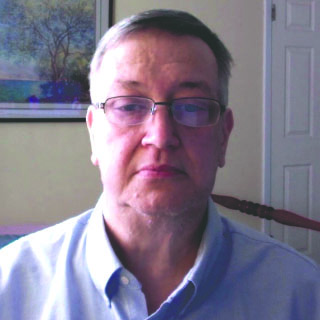393
Editor’s Note: This is the conclusion of John Agan’s article about Gene Austin.
In 1956, Austin began a comeback in earnest. The success of the movie based on the life of Al Jolson, sparked an interest in the stories of other great enter
The Voice of the Southland: Minden’s Gene Austin, conclusion
previous post



